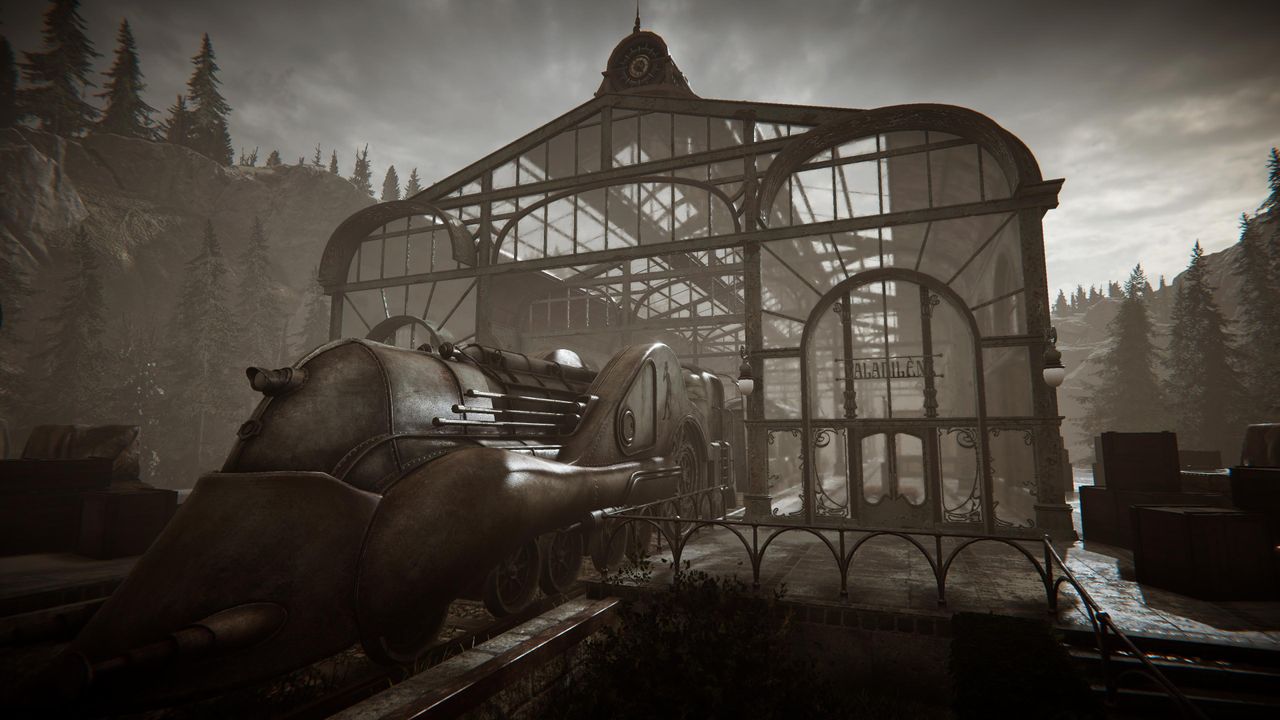Have you ever felt that a game was truly ahead of its time, only to see it slip into obscurity? Pyre by Supergiant Games is a perfect example. This gem, blending RPG elements with fantastic sports dynamics, offers a narrative experience that’s both beautiful and thought-provoking, diving into themes of exile and choice.
If you find yourself drawn to unique storytelling in gaming, consider revisiting or trying Pyre. Its vibrant art and unforgettable soundtrack create an immersive world that rewards players who take the time to explore it deeply.
What lesser-known games do you think deserve more recognition? Let’s share our hidden treasures! #IndieGames #Pyre #GameDesign #HiddenGems #GamingCommunity
If you find yourself drawn to unique storytelling in gaming, consider revisiting or trying Pyre. Its vibrant art and unforgettable soundtrack create an immersive world that rewards players who take the time to explore it deeply.
What lesser-known games do you think deserve more recognition? Let’s share our hidden treasures! #IndieGames #Pyre #GameDesign #HiddenGems #GamingCommunity
Have you ever felt that a game was truly ahead of its time, only to see it slip into obscurity? Pyre by Supergiant Games is a perfect example. This gem, blending RPG elements with fantastic sports dynamics, offers a narrative experience that’s both beautiful and thought-provoking, diving into themes of exile and choice.
If you find yourself drawn to unique storytelling in gaming, consider revisiting or trying Pyre. Its vibrant art and unforgettable soundtrack create an immersive world that rewards players who take the time to explore it deeply.
What lesser-known games do you think deserve more recognition? Let’s share our hidden treasures! #IndieGames #Pyre #GameDesign #HiddenGems #GamingCommunity
0 Commenti
·0 condivisioni






